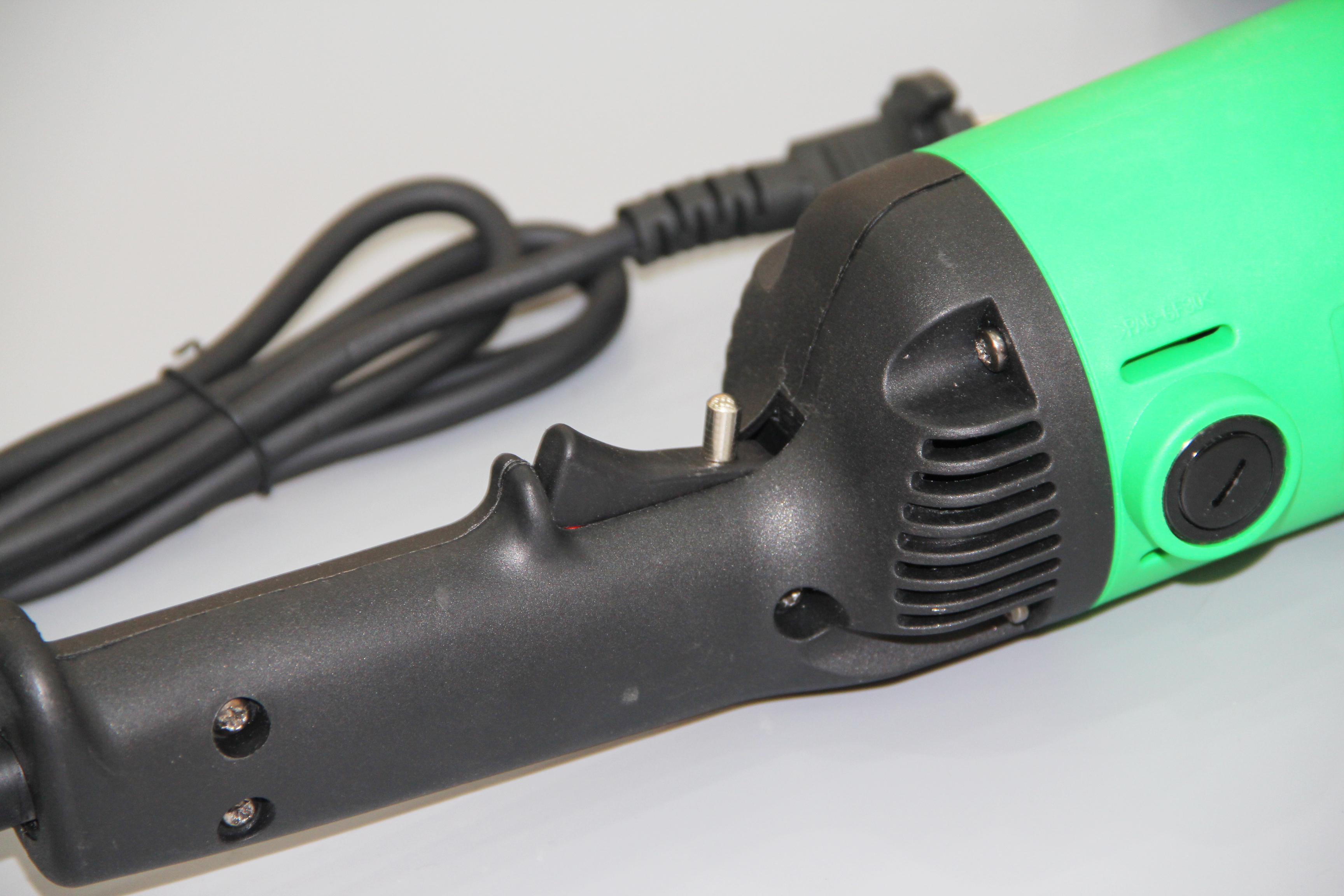As early as October 2003, the EU has begun to recommend the CE marking for the export of three natural stone products to the European Union (natural stone slabs for natural paving, natural stone cubes, natural stone sidewalk sapwood). That is, the manufacturer must be required to provide supporting technical documents that meet the standards EN1341, EN1342 and EN1343, and indicate them in the form of CE. Although the compulsory certification of these three kinds of stone has a two-year buffer period since October 1, 2003, due to factors such as trade protectionism in various countries, some countries have actually begun to implement this standard. At the same time, from the future development trend, more and more building products will be restricted to carry the CE mark to enter the European circulation. On January 1, 2005, Europe also began to require CE-certified conformance documents for natural stone and its products used in civil applications (such as houses and sidewalks).
By marking the CE on the product, the manufacturer indicates that the product is in full compliance with the relevant European product directives. Before the CE mark is indicated, it must be certified by the relevant product directives, such as the European Building Products Directive CPD89/106/EEC. When the product is marked with the CE mark, the technical documentation of the product must also be provided in order to be circulated in the market. The easiest way to prove compliance with the directive is through European harmonized standards; if a particular product category meets the harmonized standards, it also indicates that it complies with the corresponding product directive.
The CE mark is not a test mark, but merely indicates that the manufacturer declares that its product complies with all relevant regulations, so the manufacturer can choose the evaluation method. Stone producers can choose different experimental schemes according to the specifications of the specifications, uses and raw materials. After obtaining the certification, they can indicate the CE mark on their own stone products. The process of CE mark certification mainly includes product material performance test, production process quality control, preparation of relevant technical declaration documents and indication of CE mark. In addition, in order to ensure the long-term quality of the product, it is necessary to have follow-up regular production quality supervision and inspection and external sampling test. In order to indicate compliance, testing and certification work may also have to be performed by a duly authoritative and independent authority, ie a third-party certification body (eg LGA in Germany). Products that do not comply with the relevant product directives may cause many problems in the process of export trade and market circulation. Therefore, we recommend that the manufacturer entrust a third-party certification body to carry out CE mark certification and evaluation.
China's accession to the WTO, China's stone enterprises face the competition of domestic and international companies in the same industry, as well as the challenges of international market technology and trade barriers. In the target market strategy of how to open up foreign markets, especially in the European and American markets, we should plan ahead and prepare in advance with an attitude of positive confrontation. This is not only the near-term goal of expanding market share, but also the need to improve the long-term goals of the company's core competitiveness.

An angle grinder, also known as a side grinder or disc grinder, is a handheld power Tool used for grinding (abrasive cutting) and polishing. Although developed originally as tools for rigid abrasive discs, the availability of an interchangeable power source has encouraged their use with a wide variety of cutters and attachments.
Angle grinders can be powered by an electric motor or compressed air. The motor drives a geared head at a right-angle on which is mounted an abrasive disc or a thinner cut-off disc, either of which can be replaced when worn. Angle grinders typically have an adjustable guard and a side-handle for two-handed operation. Certain angle grinders, depending on their speed range, can be used as sanders, employing a sanding disc with a backing pad or disc. The backing system is typically made of hard plastic, phenolic resin, or medium-hard rubber depending on the amount of flexibility desired.
Electric Angle Grinder,lithium electric tool
Behappy Crafts (suzhou)Co.,Ltd , https://www.haoyuebehappy.com